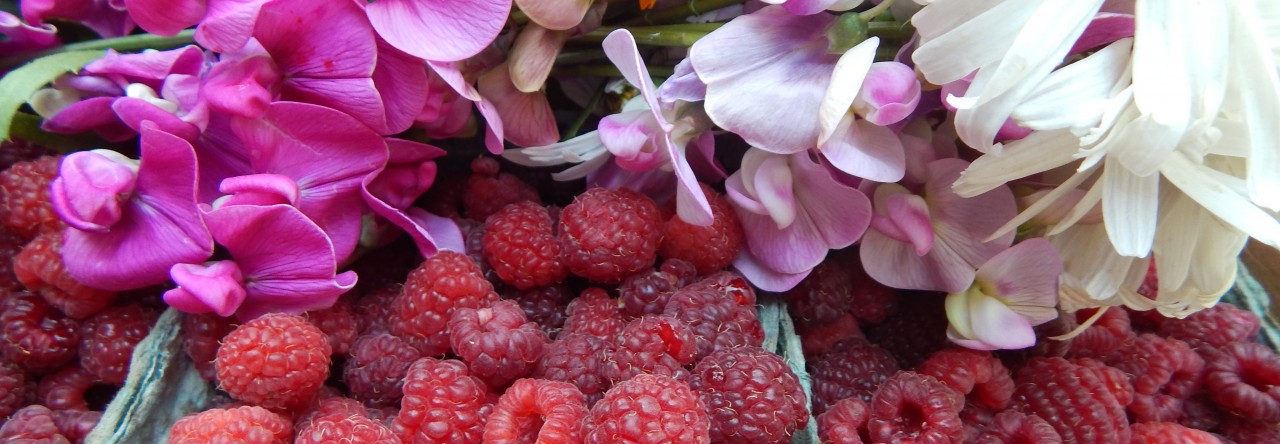In our garden, asparagus kicks off the edibles’ season. Only herbs like chives and mint beat it to the mark. With these perennials, there’s minimal work involved once the plants are established. Simply wait for them to start popping out of the ground, and you know it’s time to get to work in the rest of your beds.
Hands down, my favorite way to eat asparagus is grilled. It’s so easy to prepare and is a fabulous accompaniment to anything else you would throw on the grill. It also works beautifully on pasta, in risotto, or over salad greens. We often gobble it all up fresh, saving only a little for refrigerator-pickled asparagus, but sometimes we can’t keep up and the spears get tough. It’s a perfect excuse to turn those spears into a puree that can be used to flavor sauces, soups, and rice dishes after the plants have stopped producing.
Learn to grill asparagus and make Asparagus Puree
